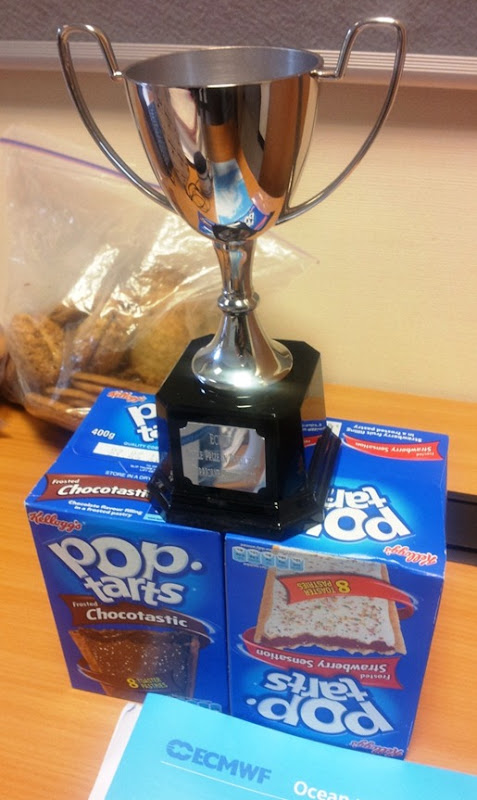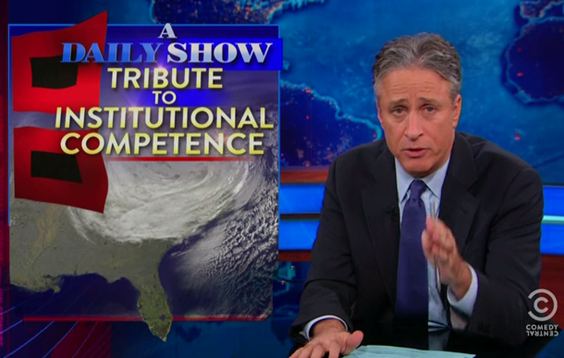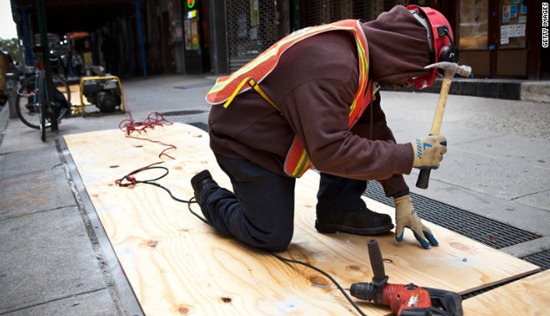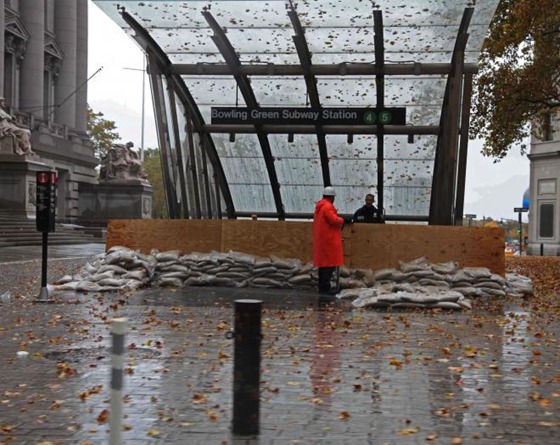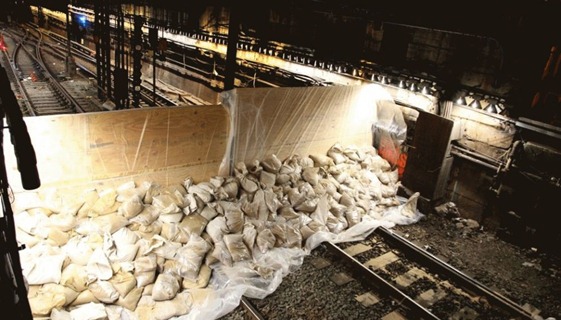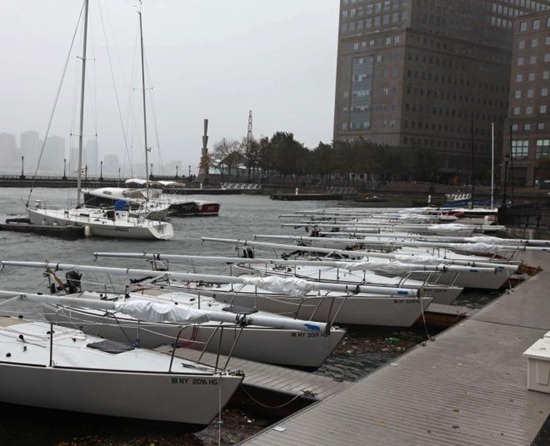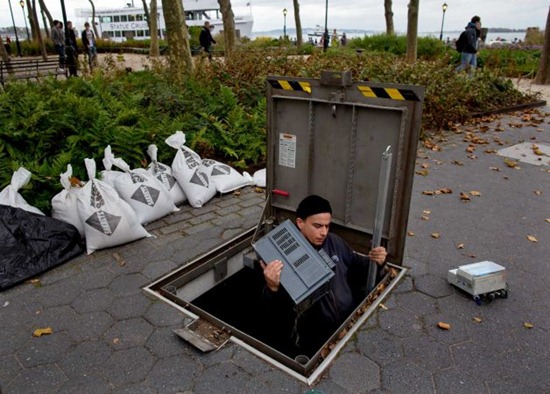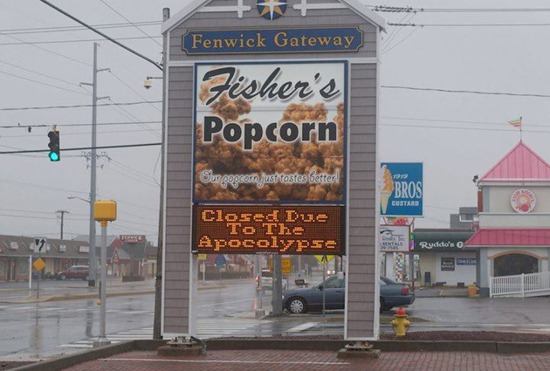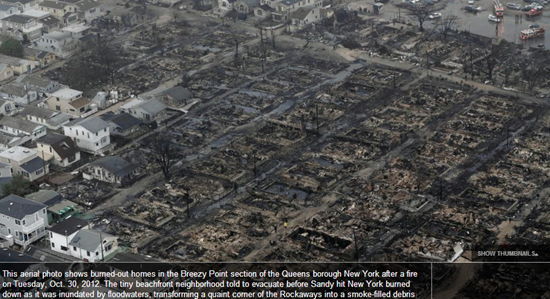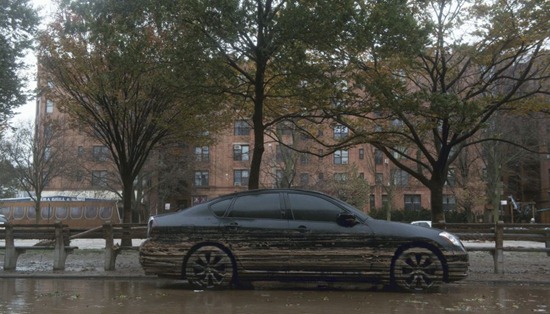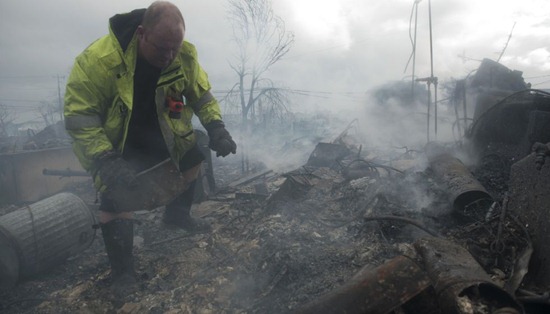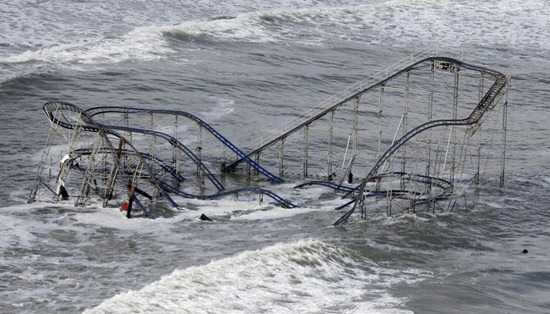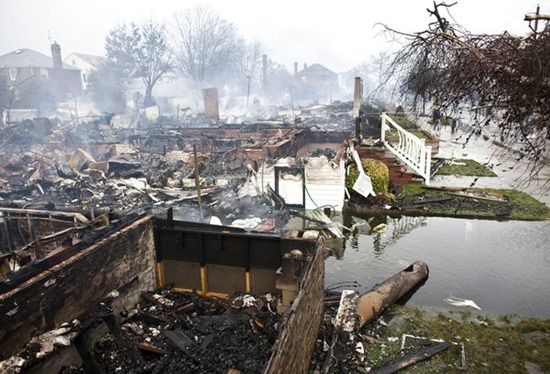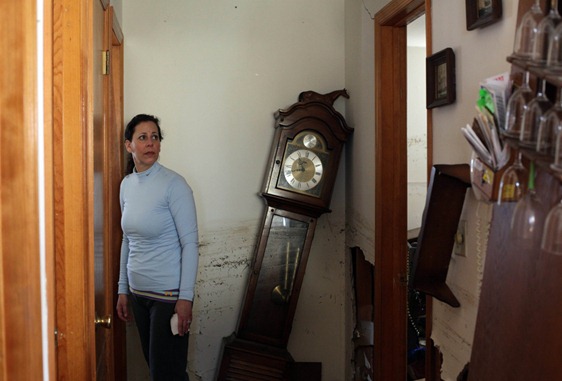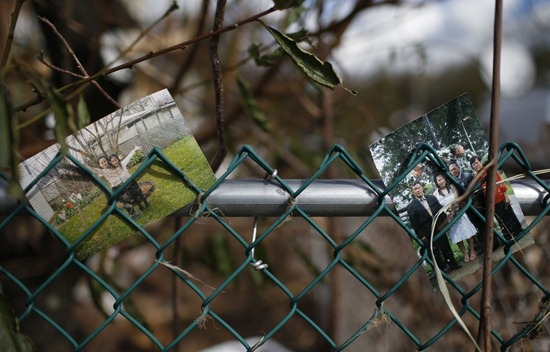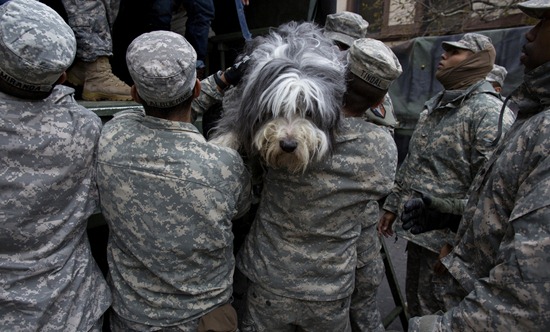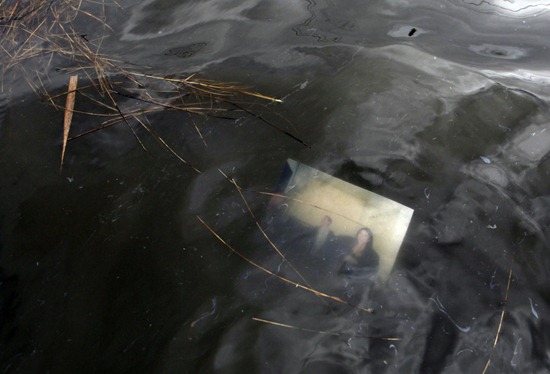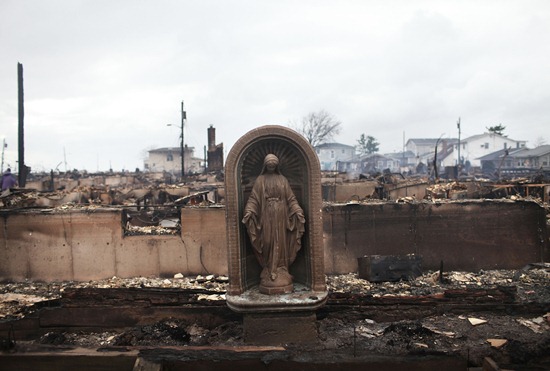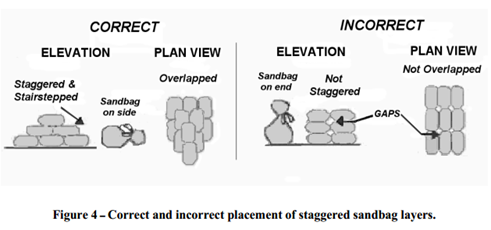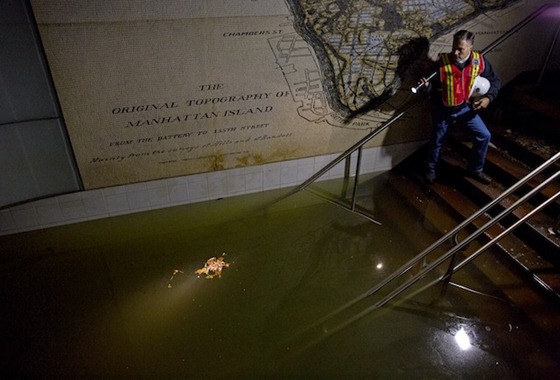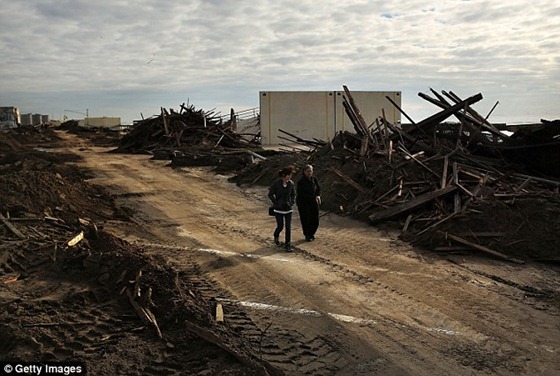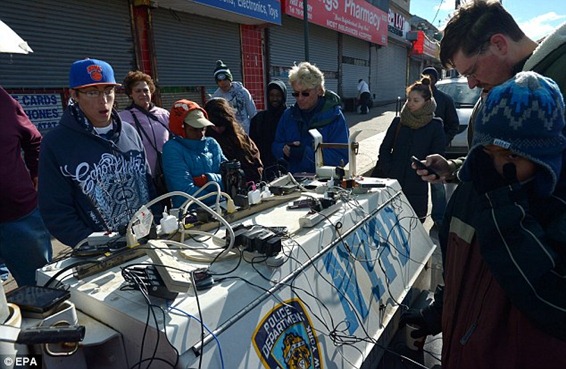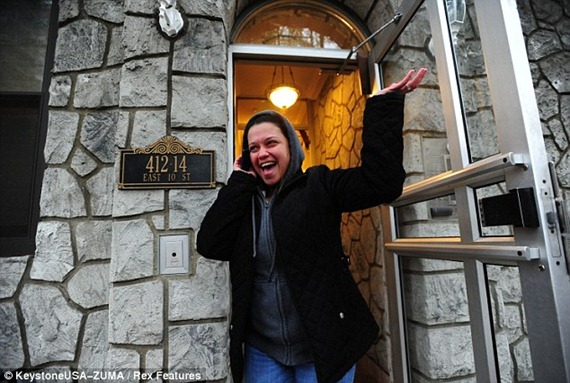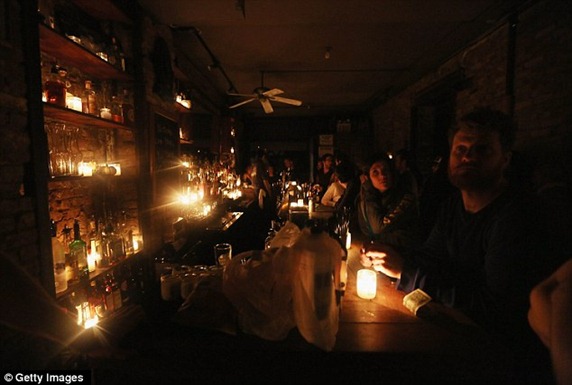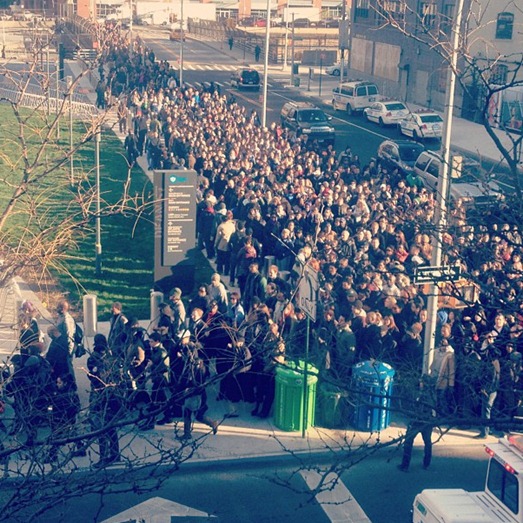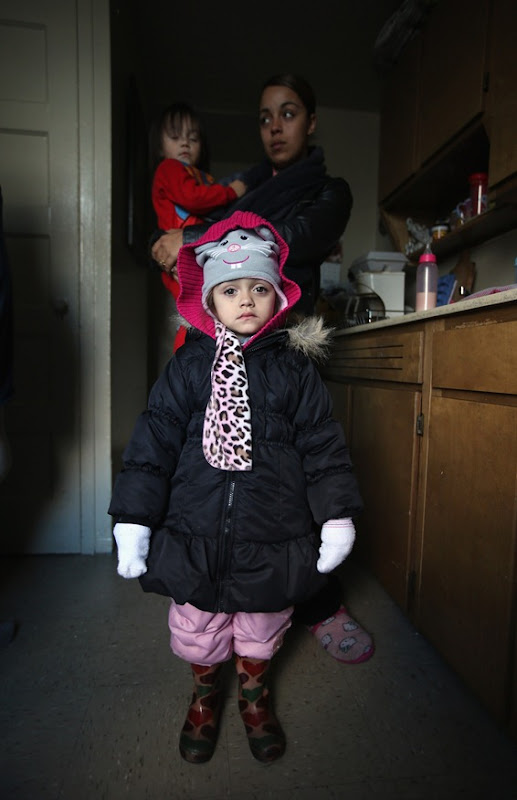It is 10:08 pm in Phnom Penh on 28 November 2012. I’m in a hotel whose name I don’t know and whose rate is $7 per night. The bar across the street advertises “no knifes, no guns, no hand grenades”. I wonder how often hand grenades are found during pat-downs.
Tomorrow I make one last visit to the Mekong River Forecasting Center before flying to Kuala Lumpur and then back to Melbourne. That will then be the end of 475 days (16 months) of traveling around the world to more than two dozen countries.
Today is the annual Water Festival (Bon Om Touk) celebrating the annual reversal of the direction of flow of the Tonlé Sap River. That bafflingly complex system deserves its own series of “hydrologic oddities” posts. During part of the year the Mekong flows North up this tributary to quadruple the size of a large inland lake. Then when the Mekong river is low, the lake drains South back towards the mainstem and to the ocean.
It seems too that tomorrow my inland lake of travel experiences will stop filling and the entire system will be momentarily still.
My bags are packed and the contents of my luggage have only gotten more impractical through time. There are a few shirts, a few pants, a fat wad of foreign currency, a cannonball’s worth of overseas coins, bags of computer cables, a stack of hard drives, medicines in five languages (none of them English) and hundreds of pages of notebooks, reports and interview notes.
This blog has only been updated through February. I underestimated the difficulty of trying to travel and write at the same time. The blog doesn’t include the visits to
Egypt: to see the world’s oldest streamgage and to see the sand dunes
Vienna: to speak at Europe’s largest meeting of Earth Scientists
France: to go to the Paris river forecasting center and to be a visiting scientist at IRSTEA, studying how to model extreme floods
Luxembourg: to go to a workshop on how to read a landscape and use that to build better computer models of its river
Scotland: to visit Mike Cranston’s group at the SEPA forecasting center and to get out into an experimental catchment in the highlands
Northern Ireland: to try (and fail) at a pilgrimage to Galway, the Mecca for hydrologists… A visit to some natural wonders would have to suffice
England: to go to the UK Flood Forecasting Centre, to talk to the developer of that country’s forecasting system, to study at ECMWF (in time to witness the landfall of Hurricane Sandy), to hobnob with the Royal Society’s elite at a forecasting uncertainty workshop
Italy: to find the source of the European Flood Awareness System (one of the most modern river forecasting systems in the world) and to give a guest lecture in a risk management course
and finally Cambodia: to shadow Australian hydrologists Terry Malone and Alex Minett during their visit to the Mekong River Commission’s Flood Forecasting Center
When passing through the Malpensa airport in Milan there was a plaque on the floor “Tuttu i passi che ho fatto nella mia vita mi hanno portato qui, ora.”
The translation is “Every step I have taken in my life has led me here, now.”
Come Friday when I land home Australia, the pause will end and the direction of flow will change.

